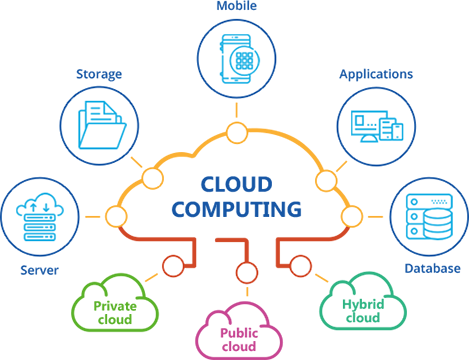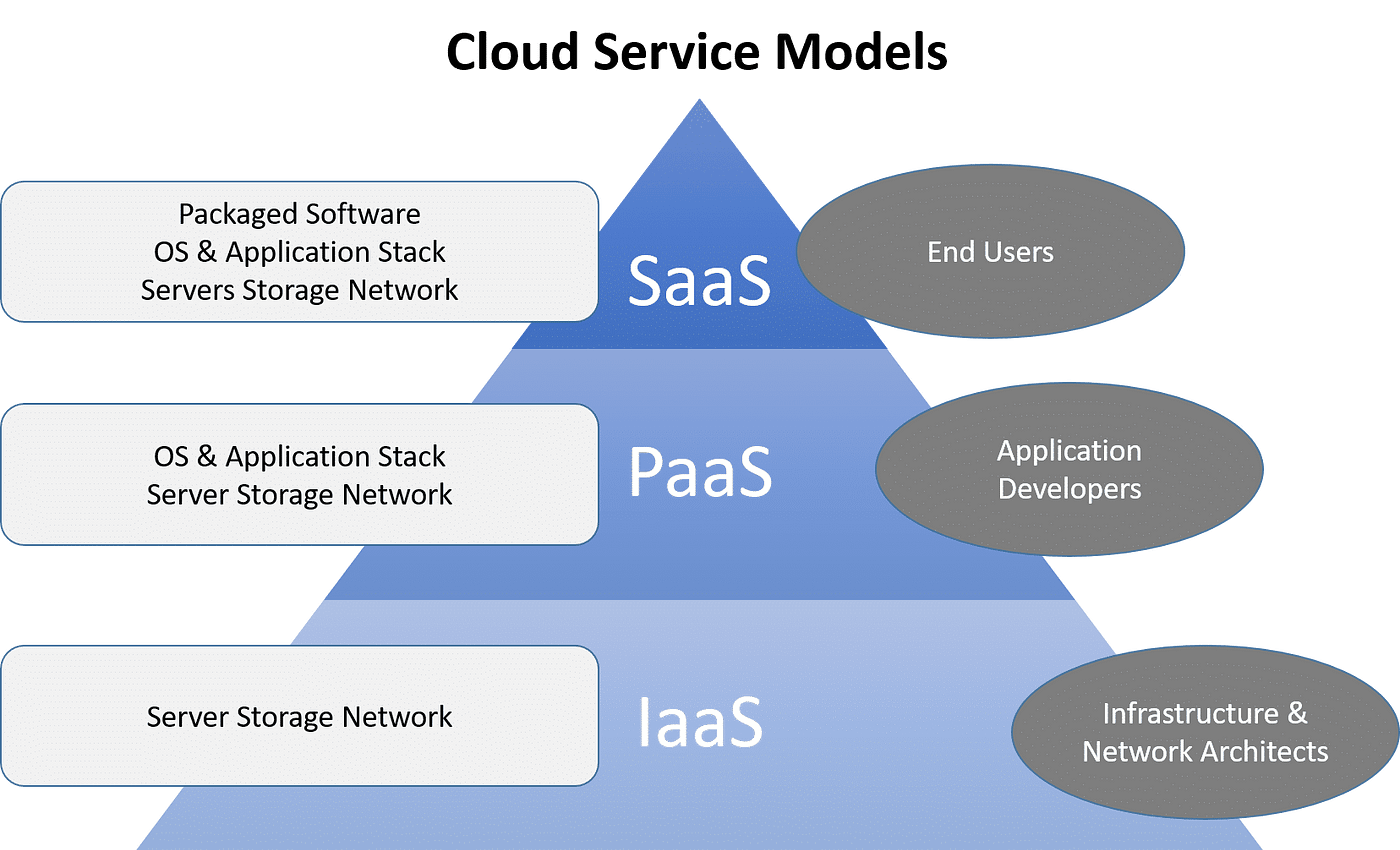LinkDaddy Cloud Services Decoded: Insider Insights right into Universal Cloud Service Advancements
Simplify Your Infrastructure With Cloud Provider
As businesses browse the ever-evolving landscape of innovation and information management, the function of cloud solutions in streamlining infrastructure has actually become significantly famous. The attraction of structured processes, boosted effectiveness, and boosted resource appropriation with cloud services is indisputable. Nevertheless, the journey in the direction of a more active and cost-efficient IT facilities involves greater than just moving to the cloud. It calls for a tactical strategy and a deep understanding of the nuances of cloud fostering. So, how can companies effectively browse this change and genuinely open the possibility of cloud solutions for streamlining their facilities?
Benefits of Cloud Solutions
Cloud services provide a structured method to managing IT infrastructure, offering services with scalability, cost-efficiency, and adaptability. One of the vital benefits of cloud services is the scalability they offer. Companies can easily scale their sources up or down based on demand, guaranteeing they just pay for what they use. This versatility is especially advantageous for businesses with rising and fall requirements or those experiencing development.
In addition, cloud solutions eliminate the demand for companies to purchase expensive equipment and software application. This cost-efficiency is a substantial advantage, especially for small to medium-sized business seeking to lessen upfront expenses. By using cloud services, organizations can access high-quality IT sources without the significant price connected with conventional facilities setups.
Additionally, cloud services offer organizations with the versatility to access their data and applications from anywhere with a net connection. This level of availability improves cooperation amongst groups, makes it possible for remote job, and increases general performance. The flexibility supplied by cloud solutions encourages services to adjust rapidly to altering market conditions and customer needs.
Price Financial Savings and Scalability
In addition to the operational benefits highlighted previously, the assimilation of cloud services into a firm's framework produces considerable expense savings and boosted scalability. Cloud solutions use a pay-as-you-go design, enabling services to scale sources up or down based upon present needs, thus avoiding the expenses associated with keeping excess capability. This adaptability enables companies to adjust rapidly to varying demands without incurring unnecessary expenditures.
Moreover, cloud solutions get rid of the demand for upfront financial investments in hardware and software program, decreasing capital investment. Operating costs are additionally lessened as companies no longer need to handle and keep physical web servers, causing lower power consumption and IT staffing prices. Additionally, cloud solutions supply automated updates and upkeep, ensuring that the framework continues to be safe and secure and current without calling for hand-operated treatments.
Enhanced Protection Steps
Implementing strict safety and security measures is vital when incorporating cloud solutions right into a firm's framework to guard sensitive information and ensure conformity with market laws. Cloud provider use enhanced safety and security attributes such as data security, firewall software defense, and multi-factor verification to reduce cybersecurity dangers. Security helps protect information both at rest and en route, ensuring that just licensed individuals can access sensitive information. Firewall softwares function as an obstacle between interior networks and external risks, tracking and regulating inbound and outbound network web traffic. Multi-factor authentication includes an extra layer of security by calling for customers to give several kinds of confirmation prior to accessing the cloud solutions.
Furthermore, routine security audits and conformity evaluations aid make sure and recognize learn the facts here now susceptabilities adherence to industry criteria. Firms can also profit from functions like automatic security updates and real-time danger monitoring given by cloud provider. By focusing on security actions and staying proactive in attending to potential risks, companies can confidently take advantage of cloud solutions while protecting their useful information from unapproved gain access to or violations.
Transitioning to Cloud Facilities
To effectively integrate cloud solutions into a business's framework, a structured technique that resolves the shift towards cloud-based services is vital. Transitioning to cloud infrastructure involves mindful planning and execution to ensure a smooth movement procedure - Cloud Services.
Once the assessment is complete, a migration approach need to be established. This strategy should detail the timeline, sources, and responsibilities for moving each part to the cloud. It is important to communicate this strategy plainly to all stakeholders to make certain positioning and reduce interruptions during the transition.
Throughout the migration screening, surveillance and process are crucial to determine and resolve any type of issues promptly. Normal checkpoints ought to be established to track progression and make essential changes. Furthermore, training for employees on making use of cloud services should be offered to make certain an effective shift and maximize the advantages of the brand-new framework.
Best Practices for Cloud Adoption
Successful fostering of cloud solutions depends upon the calculated positioning of company purposes with technological abilities and organizational readiness. To make certain a smooth transition to the cloud, companies need to start by conducting an extensive analysis of their present infrastructure and identifying which work are best suited for cloud migration. It is crucial to entail crucial stakeholders from different divisions in the decision-making procedure to get buy-in and deal with any issues at an early stage.
Another best method for cloud fostering is to prioritize safety and compliance. Organizations needs to thoroughly examine the safety and security measures provided by cloud company and ensure that their data is protected according to industry criteria and governing needs. Executing durable information encryption, accessibility controls, and This Site regular safety and security audits can help reduce risks associated with cloud adoption.

Final Thought

As organizations browse the ever-evolving landscape of innovation and data management, the role of cloud pop over to this web-site services in simplifying facilities has become increasingly famous - linkdaddy cloud services press release. Just how can companies efficiently browse this shift and absolutely open the potential of cloud solutions for simplifying their infrastructure?
Cloud solutions supply a streamlined technique to managing IT infrastructure, providing companies with cost-efficiency, scalability, and flexibility. By utilizing cloud solutions, services can access top notch IT resources without the hefty cost tag associated with standard framework configurations.
To ensure a smooth change to the cloud, companies should begin by carrying out a comprehensive analysis of their current facilities and identifying which workloads are best suited for cloud movement.